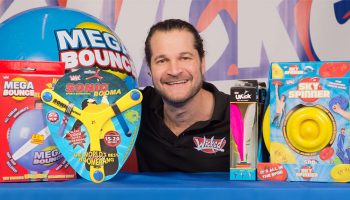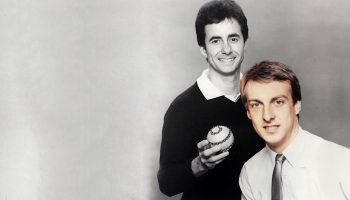Tony Serebriany from The Op discusses what he looks for in a sell sheet, a sizzle and more…
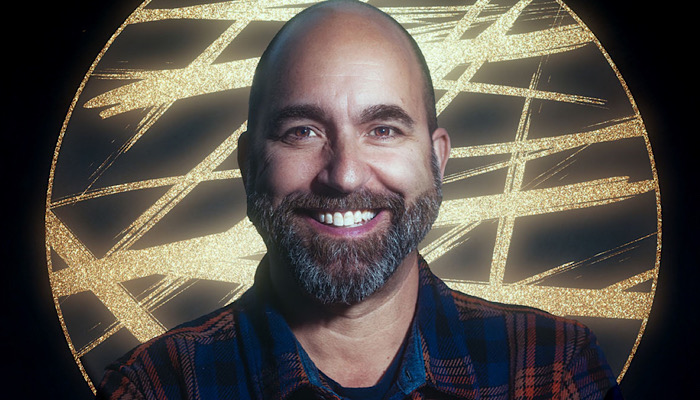
“There are two types of ideal sizzle…” The Op’s Tony Serebriany on getting the most from videos.
Tony! Always a pleasure. I’m keen to hear your thoughts on sizzles and sell sheets. Some people think the latter are old fashioned. Others love them… Do you have a strong feeling on sell sheets?
Good question, Deej. Personally, I like them! They’re like a digital sketch of a game being presented… They help keep all the relevant information top of mind for me when reviewing submissions from a show or an event – particularly after the event. As a tool, it also assists me in telling the idea’s story to other stake holders internally.
Excellent answer. Thank you. And if someone IS going to show you a sell sheet, what information do you like to see on it?
There are thousands of sell sheets that I’ve seen throughout the years, some that stand out as the best in the business… Some that stand out as the worst. That said, the key information should be: title of game, number of players, age grading, length of play time, type of game…
Type of game?
Yes – strategy, party… Just a category. Also, the mechanics used, a hero image of the game, maybe one detail photo and a brief summary, or just the objective of the game. That should include the hook and how to win. Finally, one of the most critical pieces of data is your contact information! Every one of your sell sheets should have your name, phone number and email address.
Excellent. I know people omitting contact details is a bug bear of yours. It’s a serious mistake! Apart from that, what’s the biggest mistake people make using a sell sheet?
Yes, missing contact information is a common mistake. The other is including too much detail about how to play the game, or the strategy of the game. Sell sheets aren’t meant to be a rules summary, a ‘how to play’ or a strategy guide. They’re meant to be small, printed advertisements for your game idea.
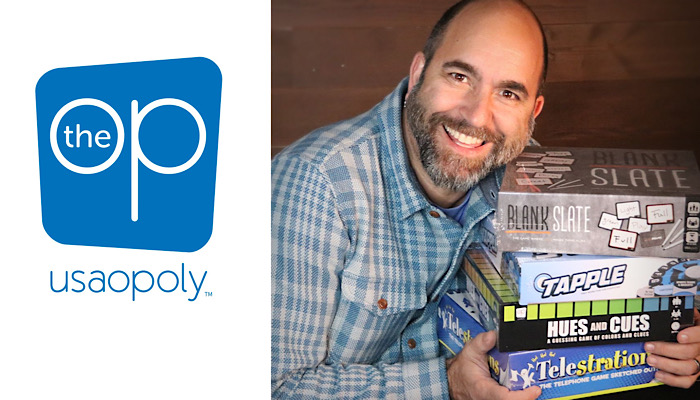
Yes – I think a lot of publishers would agree with you, Tony: sell sheets are much more about selling than telling. And how finished does a game need to be in order to pitch it, or justify a sell sheet?
The game should be able to be played! By that I mean if someone that you’re pitching to is interested, they need to be able to test it later… Test the mechanics. But it doesn’t have to include final art.
You raise a very good point. Some inventors want to hire a graphics artist to do the box art, or the board, when – of course – a publisher might not even want the inventor’s theme. What’s your advice there?
If you’re looking to self-publish a game, then you can do the art yourself or hire an artist. If you’re pitching to The Op, though, or you want to find any other publisher, then do NOT spend your money on hiring an artist! Most publishers will want to direct what the finished product looks like.
That said, if you’re using art to help tell the story of the game, and get people engaged, you should always cite your sources for any art you’ve used. It’s worth mentioning whether you did or didn’t purchase it – even though the art shown doesn’t need to be final to play the game.
Brilliant. Let’s talk about sizzles then… They tend to be a less divisive topic. So that we’re on the same page, how do you define a sizzle?
By definition, a sizzle is a small promotional video, and it comes from the film and television industries. For the game and toy space, think of these as a quick commercial about your game idea. Ideally these are 30 seconds to a maximum of two minutes.
That’s exactly how I define it too! Having worked in video production, I’m at pains to distinguish a sizzle from a how-to-play video. So… Let’s go a little deeper: if you had to tell me what your ideal sizzle looks like and shows, what would you say?
There are two types of ideal sizzle video. One is similar to a sell sheet. It covers the name of the game, who it’s for, what the hook is, what style or genre it fits, what the mechanics are, how you win… And leaves me wanting to learn more about it and understand how to play it.
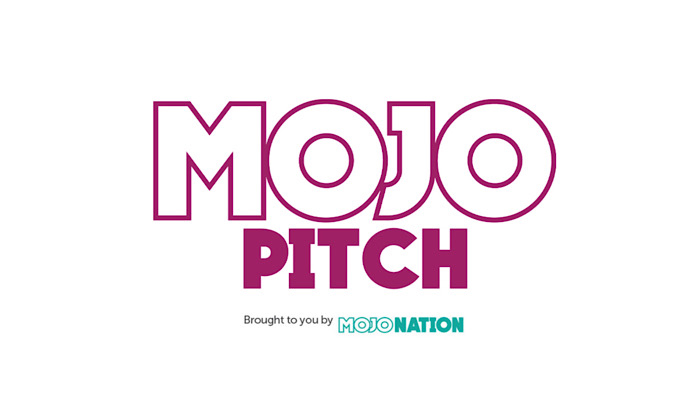
Right…
That style is more benefits and features driven. The second one is more ethereal in that it may do some of the same stuff as the first one – but the main objective is to get me intrigued, pull on some emotional strings, and get me excited to learn more. That style is more conceptual, theoretical and like a movie poster. I’ve been intrigued by both types, but being succinct is key in either type.
Lovely. Great stuff, Tony! And in your experience, what traps do inventors – new and pro alike – tend to make when presenting a sizzle?
I’m not sure if there’s a common list of traps that everyone falls into…
No… I think maybe I’m making that list, though. Ha!
Ha! Well, one of the most common mistakes is that some folks think they need to explain the whole game…
As with the sell sheets?
As with the sell sheets! You don’t want into get into the weeds of decisions and play mechanics, when – in reality – this is meant to be the 30-second to one-minute commercial for your idea. That’s a mistake. Also, forgetting to tell folk what the objective of the game is until way too late in the pitch.
Great! And on a scale of zero to ten – with zero being none whatsoever and ten being absolute fervour – how much interest does a decent sizzle tend to generate for you?
Well, my job is twofold… First, meeting with designers, hearing pitches and playtesting games. Second, pitching the top games internally to other stake holders for consideration of licensing and publication. When pitching internally, my job is to be the advocate for a designer and their game – and sell sheets and sizzle videos allow the best chance of bringing you into the room for these meetings. Therefore, a good sizzle helps me do the second part of my job much better… A decent sizzle can bring the chances of a good internal pitch to an 11.

Turned it up to 11! Let’s wrap it up with one last question, then Tony: what’s the one question I could’ve asked you about these topics today but didn’t?
What should you never do in a sell sheet or sizzle?
Oh yes! Very good… What’s the answer?
You want your game idea to stand on its own, so never say in a video or put on a sell sheet, “this is the next ‘insert game title here’…”
You mean like, “My game’s the next Monopoly!”
Exactly. Also, avoid comparing your game to another game, for example: “It’s like ‘insert game title here’…but does X or Y better or differently…” These types of things may come up in conversation, but you shouldn’t lead someone down a path away from your game in printed material or in a sizzle.
Well, I think that’s really great advice, Tony. I’ve not had that come up before; but yes – I can see why you’re saying that. Fantastic! Thank you so much for making time for this.
–
To stay in the loop with the latest news, interviews and features from the world of toy and game design, sign up to our weekly newsletter here
















